Balancing Timber Production and Ecosystem Services in Forest Management
- July 30, 2024
- 0 comment
Balancing timber production and ecosystem services in forest management is a complex yet vital endeavor that requires a multifaceted approach. Timber production is a critical economic activity, providing raw materials for various industries and supporting livelihoods. However, forests also offer a multitude of ecosystem services, including carbon sequestration, water regulation, biodiversity conservation, and recreational opportunities.

Effective forest management strives to harmonize these competing interests by employing sustainable practices that minimize environmental impact while maximizing economic benefits. This involves adopting techniques such as selective logging, maintaining buffer zones, and integrating conservation areas within managed forests. Additionally, engaging local communities and stakeholders in the decision-making process ensures that management strategies align with ecological, social, and economic objectives. By fostering a balanced approach, forest managers can enhance the resilience and productivity of forest ecosystems, ensuring they continue to provide essential services for current and future generations.
Table of Content
- The Significance of Timber Production
- Ecosystem Services Provided by Forests
- Challenges in Balancing Timber Production and Ecosystem Services
- Sustainable Forest Management Practices
- The Role of Stakeholders in Forest Management
- Future Directions and Opportunities
- FAQs
The Significance of Timber Production
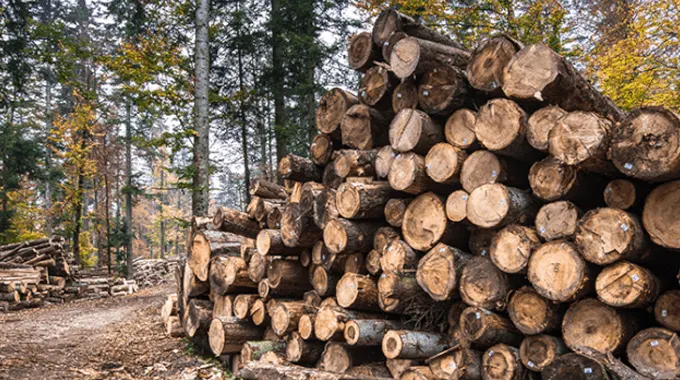
Economic Benefits of Timber Production
Timber production is a significant economic activity that contributes to the livelihoods of millions of people worldwide. It supports various industries, from construction and paper manufacturing to furniture making. The economic benefits of timber production extend to local communities, providing income and supporting regional economies.
Employment Opportunities and Industry Support
The timber industry generates numerous jobs, from forestry workers and loggers to those involved in processing and transportation. These employment opportunities are critical for rural areas where alternative job options may be limited. Industry support, including investments in technology and infrastructure, further bolsters economic growth and development in these regions.
Sustainable Timber Harvesting Practices
Sustainable timber harvesting practices are essential for balancing economic interests with environmental stewardship. Techniques such as selective logging and reduced impact logging help minimize damage to the forest ecosystem, ensuring that timber production can continue without compromising the health of the forest.
Ecosystem Services Provided by Forests
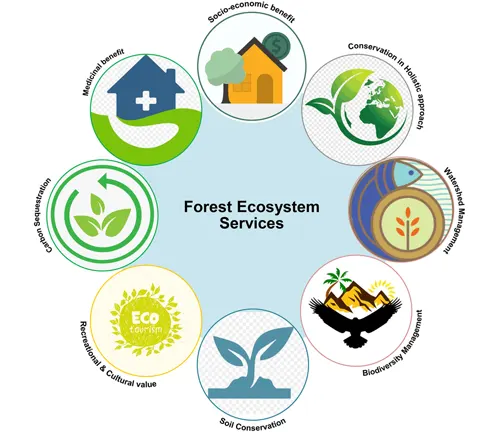
Carbon Sequestration and Climate Regulation
Forests play a pivotal role in mitigating climate change by sequestering carbon dioxide from the atmosphere. Trees absorb carbon during photosynthesis, storing it in their biomass and soils, thus helping to regulate the global climate.
Water Regulation and Watershed Protection
Forests are vital for maintaining water quality and regulating water cycles. They act as natural filters, reducing sediment and pollutants in water bodies. Forested watersheds are crucial for providing clean drinking water and preventing floods and soil erosion.
Biodiversity Conservation
Forests are home to a vast array of plant and animal species, many of which are not found anywhere else. Biodiversity conservation is essential for maintaining ecological balance and resilience, enabling ecosystems to adapt to changes and disturbances.
Soil Health and Erosion Control
Healthy forests contribute to soil formation and prevent erosion. Tree roots stabilize the soil, reducing the risk of landslides and maintaining soil fertility. This is particularly important for agricultural productivity and overall ecosystem health.
Recreational and Cultural Benefits
Forests provide numerous recreational opportunities, such as hiking, bird-watching, and camping, which contribute to human well-being and mental health. Additionally, forests hold cultural and spiritual significance for many communities, offering a sense of identity and heritage.
Challenges in Balancing Timber Production and Ecosystem Services
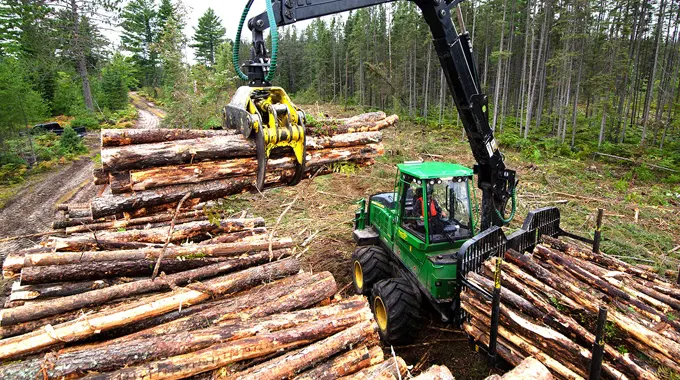
Conflicting Objectives and Interests
Balancing timber production with ecosystem services often involves reconciling conflicting objectives and interests. While some stakeholders prioritize economic gains from timber, others emphasize the need to preserve environmental values and ecosystem functions.
Environmental Degradation and Habitat Loss
Intensive timber production can lead to environmental degradation and habitat loss, threatening biodiversity and ecosystem health. Unsustainable practices can result in deforestation, soil erosion, and the disruption of natural processes.
Policy and Regulatory Constraints
Effective forest management requires robust policies and regulations that promote sustainable practices. However, inadequate enforcement and conflicting policies can hinder efforts to balance timber production with ecosystem services.
Market Pressures and Economic Incentives
Market pressures and economic incentives often drive unsustainable timber harvesting. The demand for cheap timber can lead to overexploitation and illegal logging, undermining conservation efforts and long-term forest sustainability.
Sustainable Forest Management Practices

Selective Logging and Reduced Impact Logging
Selective logging involves carefully choosing which trees to harvest, minimizing damage to the surrounding forest. Reduced impact logging techniques further reduce environmental impact, helping to maintain ecosystem functions and biodiversity.
Certification Schemes (e.g., FSC, PEFC)
Certification schemes like the Forest Stewardship Council (FSC) and the Programme for the Endorsement of Forest Certification (PEFC) promote sustainable forest management by setting standards for responsible forestry practices. Certified timber ensures that forests are managed in an environmentally and socially responsible manner.
Restoration and Reforestation Efforts
Restoration and reforestation efforts are crucial for recovering degraded forests and increasing forest cover. Planting native tree species and restoring natural habitats help rebuild ecosystems, enhance biodiversity, and sequester carbon.
Agroforestry and Mixed-Use Landscapes
Agroforestry integrates trees and shrubs into agricultural landscapes, providing multiple benefits such as improved soil health, increased biodiversity, and diversified income sources. Mixed-use landscapes balance timber production with other land uses, promoting overall sustainability.
Integrating Conservation Areas within Production Forests
Integrating conservation areas within production forests ensures that critical habitats and biodiversity hotspots are protected. This approach maintains ecological integrity while allowing for sustainable timber harvesting.
The Role of Stakeholders in Forest Management
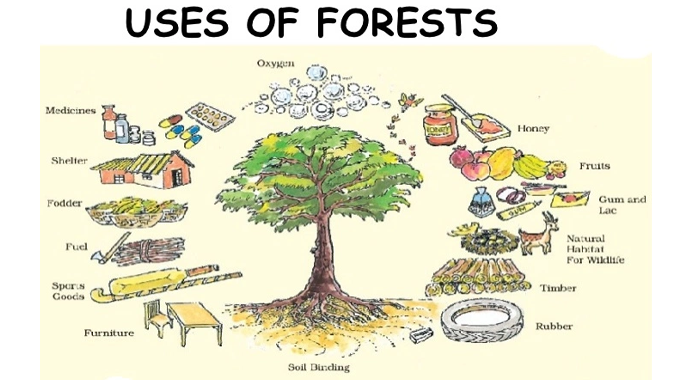
Involvement of Local Communities
Engaging local communities in forest management is essential for success. Local knowledge and participation enhance the effectiveness of management strategies and ensure that the benefits of timber production and ecosystem services are shared equitably.
Collaboration with Indigenous Peoples
Indigenous peoples often have a deep connection to forests and possess valuable traditional knowledge. Collaborating with indigenous communities respects their rights and leverages their expertise in sustainable forest management.
Government Policies and International Agreements
Governments play a crucial role in regulating and supporting sustainable forest management. Policies and international agreements, such as the Paris Agreement, provide frameworks for balancing timber production with ecosystem services and addressing global challenges.
Private Sector and Non-Governmental Organizations
The private sector and non-governmental organizations (NGOs) contribute to sustainable forest management through investments, innovations, and advocacy. Partnerships between these entities and other stakeholders enhance the implementation of sustainable practices.
Future Directions and Opportunities
Technological Advancements and Monitoring Tools
Technological advancements, such as satellite imagery and data analytics, provide powerful tools for monitoring forest health and management practices. These technologies improve transparency and accountability in forest management.
Enhancing Policy Frameworks and Incentives
Strengthening policy frameworks and economic incentives is essential for promoting sustainable forest management. Policies that support conservation and sustainable practices encourage responsible behavior and long-term sustainability.
Education and Capacity-Building Initiatives
Education and capacity-building initiatives empower stakeholders with the knowledge and skills needed for sustainable forest management. Training programs and awareness campaigns foster a culture of sustainability and stewardship.
Global Collaboration and Knowledge Sharing
Global collaboration and knowledge sharing are critical for addressing the complex challenges of forest management. International cooperation and networks facilitate the exchange of best practices and innovations, driving progress toward sustainable forestry.
Frequently Asked Questions (FAQs)
1. What is the importance of balancing timber production and ecosystem services in forest management?
Balancing timber production and ecosystem services is crucial for ensuring that forests can continue to provide economic benefits while maintaining their ecological functions. This balance supports sustainable development, environmental health, and the well-being of local communities.
2. What are ecosystem services provided by forests?
Forests provide a wide range of ecosystem services, including carbon sequestration, water regulation, biodiversity conservation, soil health, and recreational opportunities. These services are essential for maintaining ecological balance and supporting human life.
3. How does timber production benefit the economy?
Timber production contributes to the economy by providing raw materials for various industries, creating employment opportunities, and supporting local and regional economic development. Sustainable timber production practices ensure that these benefits can be maintained over the long term.
4. What are some sustainable timber harvesting practices?
Sustainable timber harvesting practices include selective logging, reduced impact logging, and the use of certification schemes like FSC and PEFC. These practices minimize environmental damage and ensure that forests can continue to provide both timber and ecosystem services.
5. What challenges are associated with balancing timber production and ecosystem services?Challenges include conflicting objectives among stakeholders, environmental degradation, policy and regulatory constraints, and market pressures. Addressing these challenges requires careful planning, stakeholder engagement, and the implementation of sustainable practices.
6. How do stakeholders contribute to sustainable forest management?
Stakeholders, including local communities, indigenous peoples, governments, private sector entities, and NGOs, play vital roles in sustainable forest management. Their involvement ensures that management strategies are inclusive, effective, and aligned with ecological, social, and economic goals.
7. What role do certification schemes play in forest management?
Certification schemes like FSC and PEFC promote sustainable forest management by setting standards for responsible forestry practices. Certified timber ensures that forests are managed in ways that protect environmental and social values.
8. Can you provide examples of successful models of balanced forest management?
Successful models of balanced forest management can be found in various regions and ecosystems. These models demonstrate how sustainable practices can achieve both economic and environmental objectives, providing valuable lessons and insights for others.
9. What innovations are emerging in sustainable forest management?
Emerging innovations in sustainable forest management include technological advancements like remote sensing, precision forestry, and data analytics. These tools enhance monitoring, decision-making, and transparency in forest management.
10. What future directions and opportunities exist for balancing timber production and ecosystem services?
Future opportunities include advancing technological tools, enhancing policy frameworks, promoting education and capacity-building initiatives, and fostering global collaboration and knowledge sharing. These efforts will help address challenges and promote sustainable forest management practices.

Gilbert Griffin
Forestry AuthorGilbert Griffin is a forest management expert specializing in sustainable practices, forest health, conservation, and land management. With extensive knowledge in pest control, disease management, and habitat restoration, Gilbert develops strategies to preserve forest ecosystems and biodiversity. Passionate about the natural world, Gilbert adapts to changes in forest management and stays updated through continuous learning. Gilbert also provides seasonal advice to optimize forest care throughout the year.

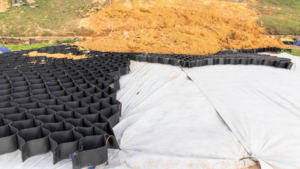



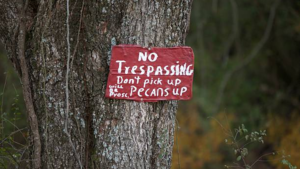
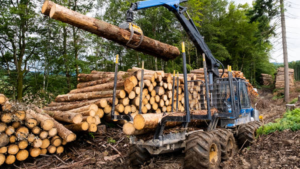


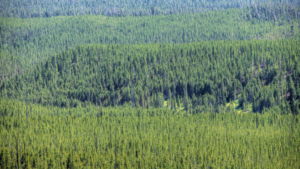
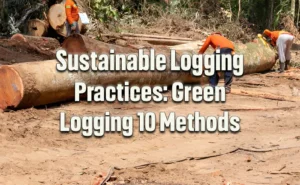


Leave your comment